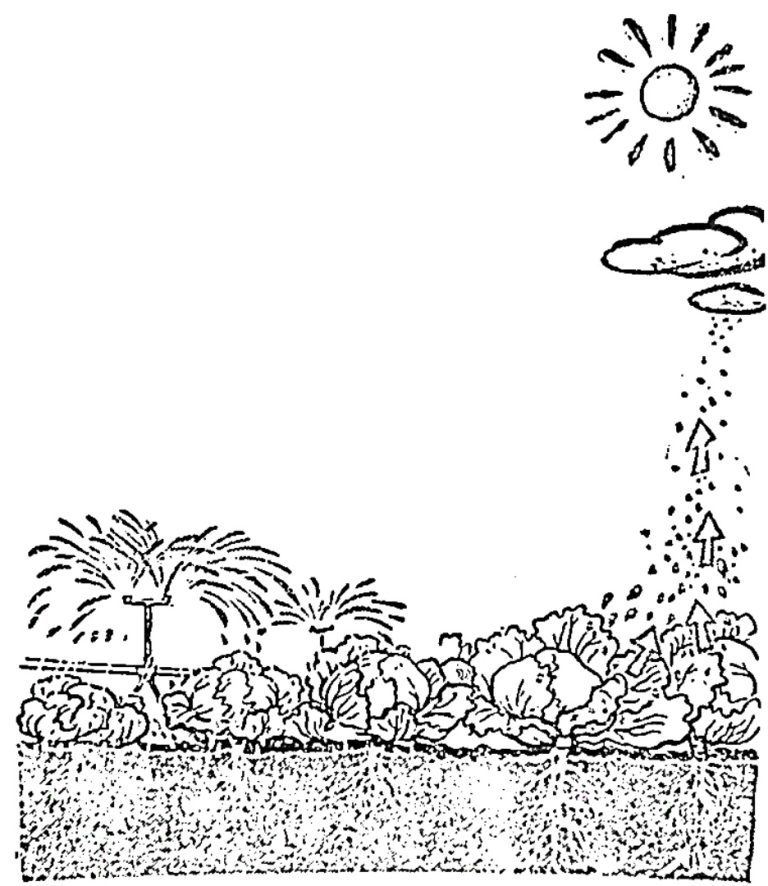In general, whether it’s a vegetable, a towering ancient cypress, the perennially vibrant Bougainvillea, or the ephemeral Epiphyllum, all plants, from seeds or young seedlings in the soil, require abundant water throughout their lives, especially crops like rice, reeds, and Chinese bamboo.
But considering how small a plant is, where does it all that water go?
Actually, only a small portion remains within the plant’s body, constituting essential components, while the vast majority evaporates into the atmosphere.
During growth, plants not only absorb carbon dioxide from the air but also minerals and other nutrients from the soil, with some carbon dioxide derived directly from the soil. Our food, whether soft or hard, liquid or solid, can be digested because we have stomachs. Plants, however, lack this ability. They require carbon but you can’t just give them a lump of it; they need potassium, phosphorus, and others, but again, not in solid form. They rely on substances dissolved in water. When plants absorb water, they also take in dissolved minerals and nutrients.
Apart from nourishing themselves with the nutrients absorbed along with water, plants also utilize chlorophyll under sunlight to convert some water and carbon dioxide into carbohydrates, facilitating their growth.
The amount of water plants absorb correlates closely with their growth. Eucalyptus and banyan trees consume large amounts of water, hence they grow rapidly, while cacti require minimal water and thus grow slowly.
Since plants absorb so much water and continue to do so, if they had no way to release it, wouldn’t they burst? Indeed, they have outlets, primarily through their stems, but the largest exit point for water in most plants is their leaves. Although we can’t see plants spraying water out because the water jets are too fine, with a special pair of glasses, we might almost see every plant as a fountain. Even though we can’t see plants spraying water, we can still sense it. Just go into a forest, where you can easily feel that the air is more humid because of the large amount of water being sprayed by plants.
The water vapor emitted by plants rises into the sky and eventually forms clouds, which eventually precipitate as rain or snow, returning to the ground, where plants absorb it once more. This cycle continues endlessly.

